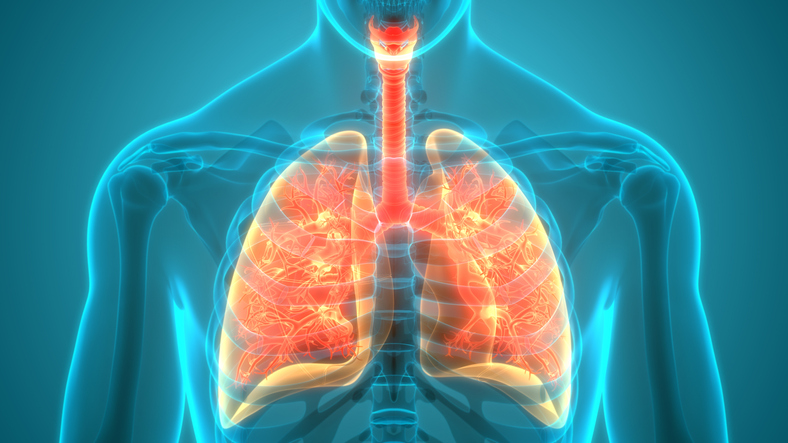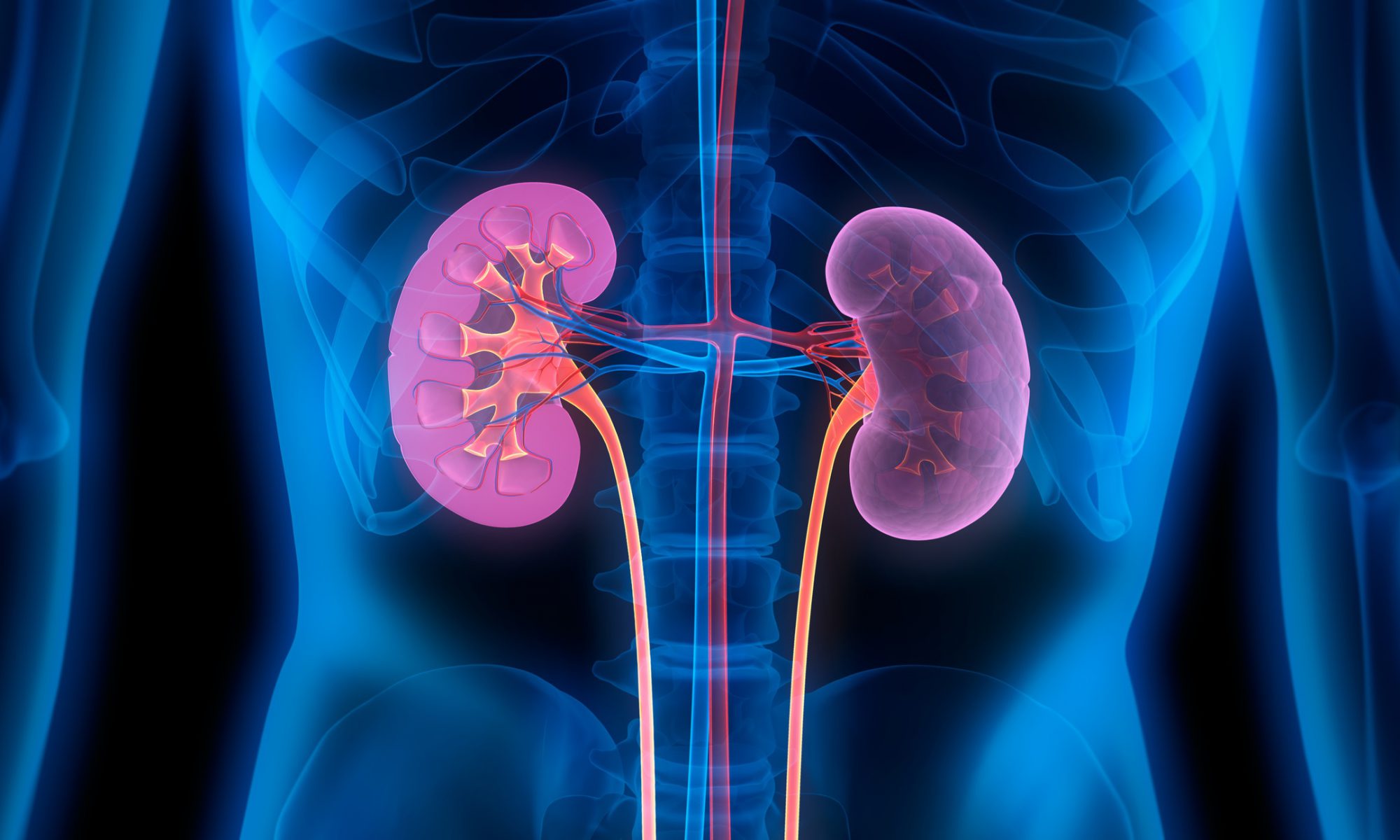By Stephen Feller
The FDA on Monday approved and authorized updated COVID-19 vaccines from Moderna and Pfizer-BioNTech that target omicron XBB subvariants of SARS-CoV-2.
The agency fully approved the monovalent messenger RNA vaccines for people aged 12 years or older and authorized them for emergency use among people aged 6 months to 11 years. Read more in Healio.






